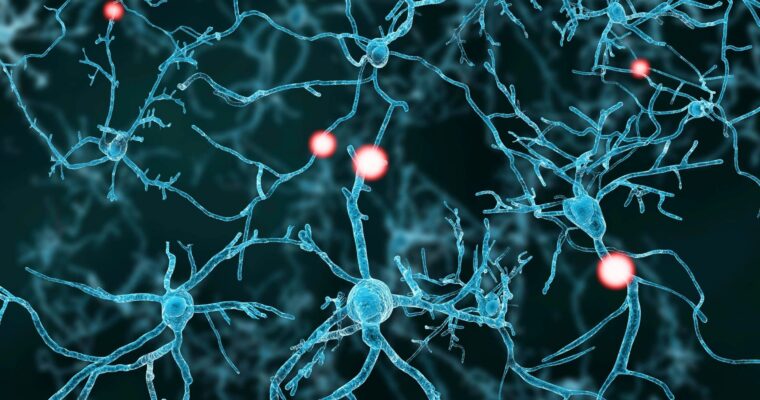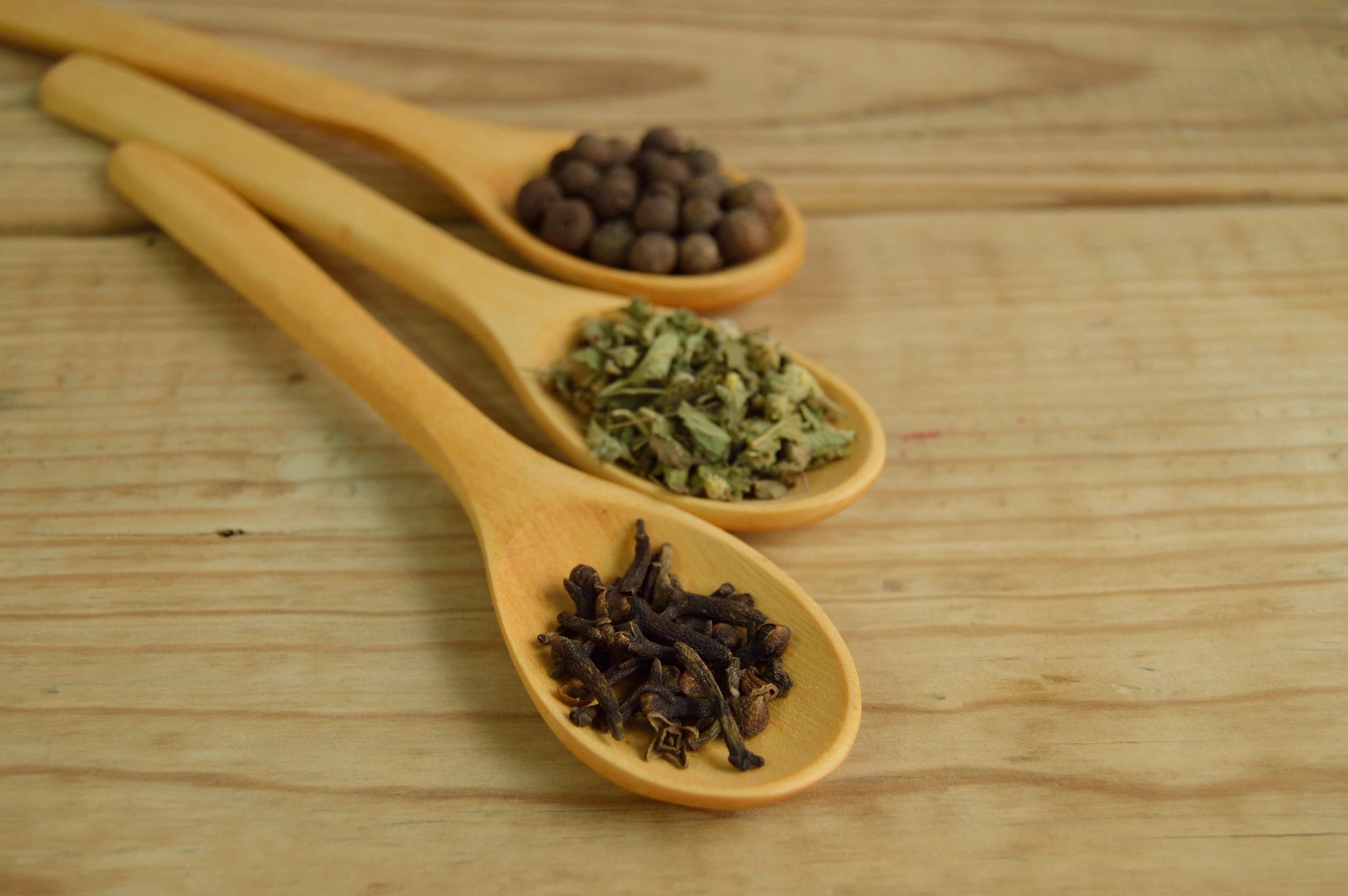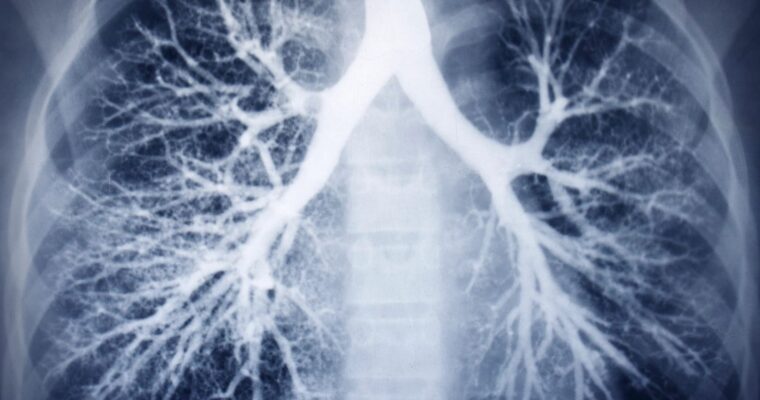Nattokinase!
Dr. Claire Arcidiacono, ND
What the heck is Nattokinase? Where does it come from? What exactly does it do? Is it just for heart health or does it do anything else for us? These are just some of the questions that people have about Nattokinase. I get so many questions about Nattokinase that I wanted to take the time to explore this interesting supplement. Let’s start at the beginning. Nattokinase is an enzyme. It is extracted from a Japanese food called Natto. The way that Natto is produced is by adding a bacteria called Bacillus Subtilis to boiled soybeans. Now I just want to point out that while other soy foods may have enzymes only Natto contains Nattokinase. (1)
Nattokinase has been found in studies to have numerous benefits for our heart health including reducing the risk of heart attack and even improving overall heart health. (2) Studies have found that Nattokinase can help to reduce both systolic and diastolic blood pressure. (3) In addition to helping lower blood pressure Nattokinase has also been found to help lower LDL, triglycerides and even total cholesterol. (2) Studies have also found that Nattokinase may help with slowing the development of atherosclerosis. This is because Nattokinase has both antiplatelet and anticoagulant effects that may help to clean out the arteries. (4) Nattokinase has been found to be a very potent blood clot dissolving protein. (5) In fact when Nattokinase comes into contact with blood clots it has been found to break them up. (1)
Now I know some people might say but wait does it really work this way in the human body? Doesn’t it get broken down by our digestive juices and not really do anything? Well studies have been conducted and found that Nattokinase is active in the body when used orally. (6)
Due to the fact that Nattokinase helps to break up blood clots it has also been studied in regards to stroke. I know your probably thinking wait stroke? What does that have to do with heart health? Well to be honest the risk factors for many heart conditions and a stroke are very often the same and thus in my clinical experience those who have heart disease are often at risk of a stroke. So I wanted to mention it here. Plus as I hinted in the beginning of this blog Nattokinase isn’t just a “heart supplement”. It is useful for more than just heart health. Now back to Nattokinase and strokes. In one study in those who have had a stroke after 60 days of Nattokinase the patients had better control over their blood pressure and even cholesterol levels. (7) Nattokinase has also been found to help improve the cognitive function in those who have had a stroke. (8)
Nattokinase has also been found to be helpful in protecting our blood vessels after they are injured. In other studies Nattokinase was found to help reduce the amount of aortic plaque that builds up in those who have high cholesterol. Nattokinase has been found to be very good at breaking up blood clots. Research has explored using it to help break up other things in the body. New research has found that Nattokinase may be helpful at degrading amyloid fibrils suggesting it may be helpful for diseases such as Alzheimer disease. (9)
So let’s sum up a few things from all these studies. Overall studies have found that Nattokinase is good for blood clots, atherosclerosis, high blood pressure, high cholesterol and overall heart health. Other studies have found that Nattokinase can even help our brain and reduce our stroke risk. It has also been found to help with certain diseases where there is a buildup of amyloid fibrils such as Alzheimer disease. That is just amazing! (10)
Now just a PSA I’d like to point out that Nattokinase can and does interact with certain medications. This is why it is so important to talk to an Invite nutritionist to determine if Nattokinase is right for you!
Our next topic will be something that has cropped up quite a bit over these weeks of talking about heart health – Coronary Artery Disease!
Sources:
- Nattokinase – Wikipedia
- Nattokinase: A Promising Alternative in Prevention and Treatment of Cardiovascular Diseases – Hongjie Chen, Eileen M McGowan, Nina Ren, Sara Lal, Najah Nassif, Fatima Shad-Kaneez, Xianqin Qu, Yiguang Lin, 2018 (sagepub.com)
- Consumption of nattokinase is associated with reduced blood pressure a | IBPC (dovepress.com)
- Frontiers | Effective management of atherosclerosis progress and hyperlipidemia with nattokinase: A clinical study with 1,062 participants (frontiersin.org)
- IJMS | Free Full-Text | Nattokinase: An Oral Antithrombotic Agent for the Prevention of Cardiovascular Disease (mdpi.com)
- Nattokinase: A Promising Alternative in Prevention and Treatment of Cardiovascular Diseases – PMC (nih.gov)
- Nattospes as Effective and Safe Functional Supplements in Management of Stroke | Journal of Medicinal Food (liebertpub.com)
- Nattokinase Promotes Post-stroke Neurogenesis and Cognition Recovery via Increasing Circulating Irisin | Journal of Agricultural and Food Chemistry (acs.org)
- Nattokinase: A Promising Alternative in Prevention and Treatment of Cardiovascular Diseases – Hongjie Chen, Eileen M McGowan, Nina Ren, Sara Lal, Najah Nassif, Fatima Shad-Kaneez, Xianqin Qu, Yiguang Lin, 2018 (sagepub.com)
- Nattokinase: Benefits, Side Effects, and Precautions (verywellhealth.com)







